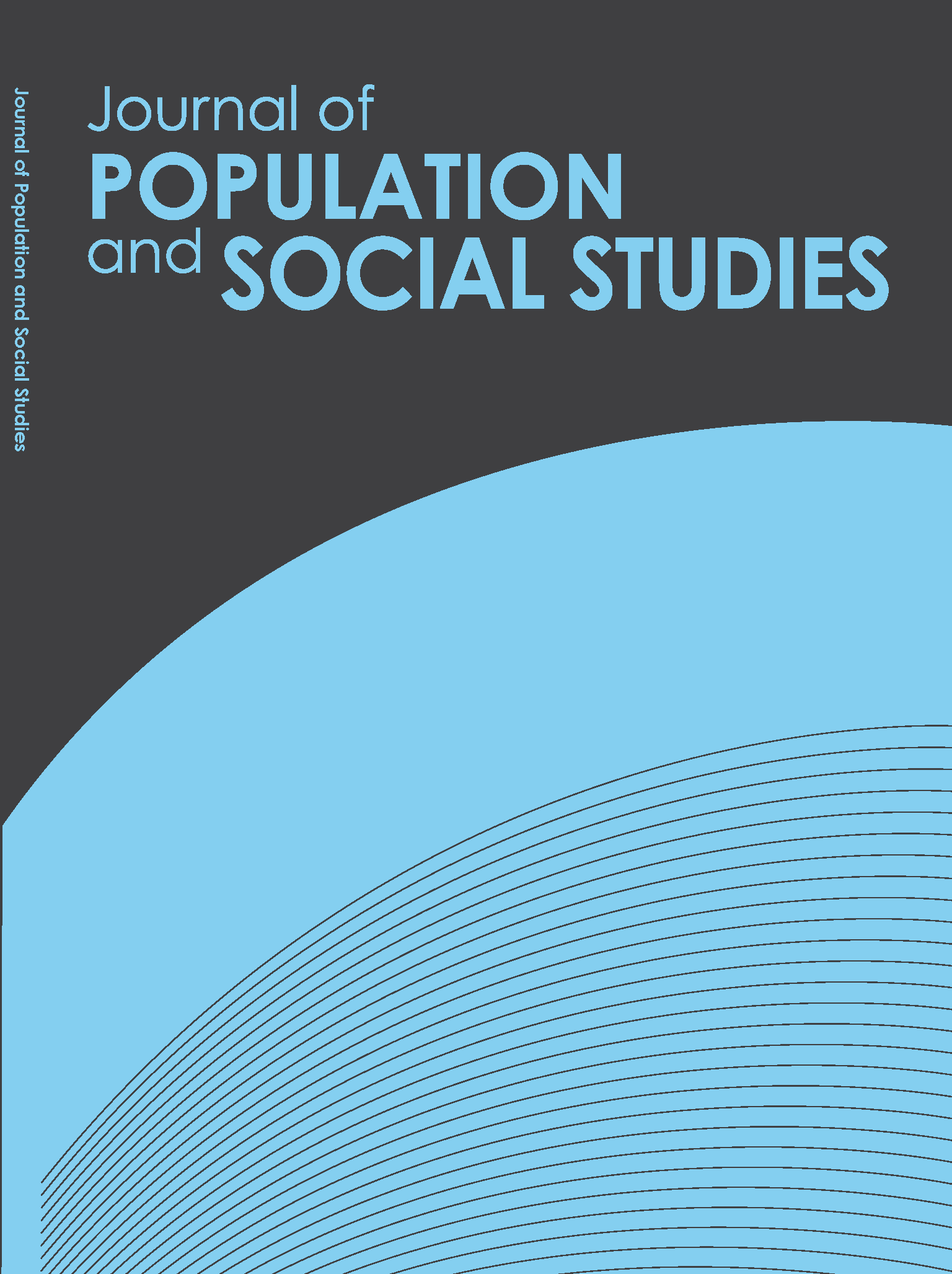Differential Utilization of Health Care Services among Ethnic Groups on the Thailand-Myanmar Border: A Case Study of Kanchanaburi Province, Thailand
Main Article Content
Abstract
This cross-sectional study is based mainly on the 2000 dataset of the
Kanchanaburi Demographic Surveillance System (KDSS), with additional variables from the 2002 and 2004 datasets of the same project. The aim is to explore patterns of health care utilization among three ethnic groups on the Thailand-Myanmar border and to investigate the extent to which differences in reported use of health care related to different characteristics of each group. About 58 percent of ethnic Thai, 43 percent of the native-born and 28 percent of the foreign-born minority respondents reported that they had used service of the health care providers when they were ill in 2000. Results show that the foreign-born and native-born minority respondents were significantly less likely to use health care services than Thais after controlling for type of self-reported illness. Further analysis reveals that ethnic gap in utilization of health care services
disappears if there is no difference in access to health insurance, religion, ability to speak Thai, source of health information, type of village, and availability of health and transportation facilities in the village. In short, this difference can be mitigated if access to health insurance, cultural and communication barriers, and community resources for health care are improved.
Kanchanaburi Demographic Surveillance System (KDSS), with additional variables from the 2002 and 2004 datasets of the same project. The aim is to explore patterns of health care utilization among three ethnic groups on the Thailand-Myanmar border and to investigate the extent to which differences in reported use of health care related to different characteristics of each group. About 58 percent of ethnic Thai, 43 percent of the native-born and 28 percent of the foreign-born minority respondents reported that they had used service of the health care providers when they were ill in 2000. Results show that the foreign-born and native-born minority respondents were significantly less likely to use health care services than Thais after controlling for type of self-reported illness. Further analysis reveals that ethnic gap in utilization of health care services
disappears if there is no difference in access to health insurance, religion, ability to speak Thai, source of health information, type of village, and availability of health and transportation facilities in the village. In short, this difference can be mitigated if access to health insurance, cultural and communication barriers, and community resources for health care are improved.
Article Details
How to Cite
Khun, J., & Podhisita, C. (2008). Differential Utilization of Health Care Services among Ethnic Groups on the Thailand-Myanmar Border: A Case Study of Kanchanaburi Province, Thailand. Journal of Population and Social Studies [JPSS], 17(1), 115–134. Retrieved from https://so03.tci-thaijo.org/index.php/jpss/article/view/84566
Section
Research Articles

